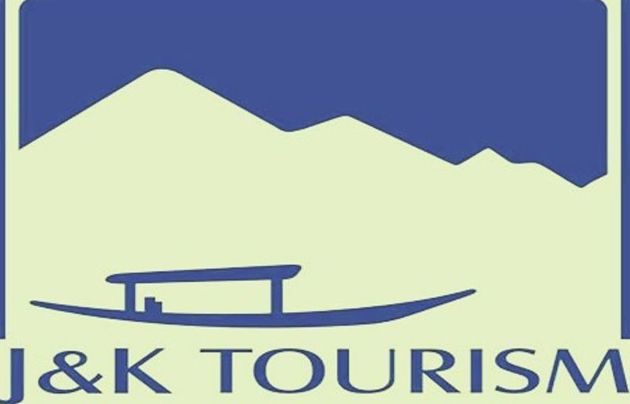The Government of Jammu and Kashmir has taken a significant step towards revitalising its tourism sector by reconstituting 21 Tourism Development Authorities (TDAs). This strategic reorganisation, led by the highest echelons of the administration, reflects a renewed commitment to harnessing the region’s immense tourism potential. The move, formalised through an order issued by the General Administration Department, designates three TDAs under the leadership of the Lieutenant Governor, six under the Chief Secretary, and the remaining twelve under the Administrative Secretary Tourism Department. The reconstitution of the TDAs with specific leadership assignments is a commendable approach towards enhancing accountability and efficiency. By appointing the Lieutenant Governor to head the Patnitop, Pahalgam, and Gulmarg Development Authorities, the Government ensures direct oversight and strategic direction from the highest authority. These regions, being among the most popular tourist destinations, require focused attention to address challenges and capitalise on opportunities. The Lieutenant Governor’s involvement signifies a strong political will to drive tourism development and address infrastructural bottlenecks.
Similarly, placing six TDAs under the Chief Secretary ensures that experienced administrative oversight is extended to important yet possibly underdeveloped regions like Doodhpathri, Sonamarg, and Bhaderwah. The inclusion of areas like Lolab-Bangus-Dangyari, Surinsar-Mansar, and Bani-Basohli under Chief Secretary’s leadership indicates a balanced focus on both established and emerging tourist destinations. This balanced approach is crucial for equitable regional development and for tapping into the diverse tourism potential of Jammu and Kashmir.
The decision to allocate twelve TDAs to the Administrative Secretary’s Tourism Department underscores the department’s pivotal role in the comprehensive development of tourism infrastructure and services. These TDAs include areas with unique attractions such as Aharbal, Hygam-Ningli-Tarzoo, and Kokernag, each offering distinct experiences ranging from natural beauty to cultural heritage. The Administrative Secretary’s leadership in these regions can facilitate targeted development initiatives, promote niche tourism markets, and enhance visitor experiences.
The new governance structure of the TDAs includes key stakeholders from the Finance, Tourism, Planning, Development, and Monitoring Departments, as well as the Director of Tourism for the concerned division and the respective Deputy Commissioner. This collaborative framework ensures a holistic approach to tourism development, integrating financial planning, infrastructural development, and local administrative support. Such an inclusive governance model is essential for addressing multifaceted challenges and implementing sustainable tourism practices.
The reconstitution of the TDAs is also a strategic move towards promoting sustainable tourism. J&K’s rich natural and cultural heritage necessitates a careful balance between tourism development and conservation. The inclusion of diverse regions, from the serene Wullar-Manasbal to the adventurous Tosa-Maidan, provides an opportunity to promote eco-tourism and responsible travel practices. The leadership’s role in these TDAs will be crucial in ensuring that tourism growth does not come at the expense of environmental degradation or cultural erosion.
Tourism is a vital economic driver for J&K, with significant potential for employment generation and income augmentation. The reconstitution of the TDAs, with a focused leadership structure, can catalyse economic revitalization by attracting investments and improving tourist facilities. Enhanced infrastructure, better connectivity, and improved services can lead to increased tourist footfall, thereby boosting local economies. Additionally, the development of lesser-known destinations can distribute the economic benefits more equitably across the region, reducing the pressure on traditional hotspots and creating new opportunities for local communities.
While the reconstitution of the TDAs is a step in the right direction, the success of this initiative will depend on effective implementation and continuous monitoring. Challenges such as security concerns, infrastructural deficits, and seasonal accessibility need to be addressed proactively. The designated leaders must prioritise the development of robust infrastructure, ensure safety and security, and promote the region’s unique attractions through targeted marketing strategies. Furthermore, engaging local communities and stakeholders in the development process is essential for creating a sustainable and inclusive tourism ecosystem. This initiative, if executed effectively, promises to bring about economic prosperity, cultural enrichment, and sustainable development, positioning J&K as an all-weather tourism destination.
Trending Now
E-Paper


